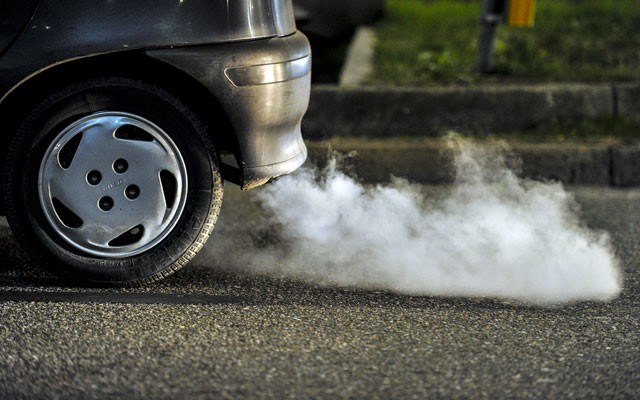From 2008 to 2012, the Resort Municipality of Whistler (RMOW) was hitting all of its energy reduction targets.
But the momentum didn't carry over into 2013 and 2014.
According to the RMOW's annual Energy Consumption and Greenhouse Gas Performance Trends report, the municipality is no longer on pace to meet its 2020 target GHG emissions.
Last year was the first in the seven years of the commitment that saw an increase in total emissions rather than a reduction.
"We do have a community advisory committee who is looking at updating the plan," said Whistler Mayor Nancy Wilhelm-Morden at council July 7.
"They will be making some recommendations about how we can actively work on solutions."
The biggest reductions to energy consumption from 2008 to 2012 came from big, "one-time" changes — like the piped propane to natural gas conversion and the landfill cap and capture projects — that are no longer available.
The report concludes that "it is unlikely that community emissions will remain on target to achieve the adopted 2020 target levels included in Whistler's Official Community Plan."
GHG emissions in Whistler are made up of emissions from stationary sources like buildings or infrastructure systems, mobile sources like passenger vehicles, fleets and transit, and emissions from landfills.
Natural gas consumption represents 33 per cent of emissions, while passenger vehicles represent the largest share of emissions at 57 per cent.
"In that regard we're kind of a victim of our own success," Wilhelm-Morden said.
"You look at summer for example, over the course of the last couple years we've had some of the busiest summers on record. A lot of those visitors come by car."
The report states that total community emissions in 2014 were about 17 per cent lower than 2007 levels — but one per cent above 2013 emissions levels.
A further four to five per cent reduction in emissions was required for 2014 to remain on pace with previous years.
Despite the statistical setback, Wilhelm-Morden said she feels Whistlerites are more aware of their personal impact on the environment than they maybe were seven years ago.
"We just have to continue getting the message out, continue educating people about attempting to use other modes of transportation to assist with reducing energy consumption," she said.
"Because of course, that's where the big numbers are."
According to the report, Whistler will have to make annual reductions of 3,500 to 4,500 tonnes of CO2e (carbon dioxide equivalenta) to remain on target.
"Future GHG reductions will need to be primarily premised on actual energy conservation and increased efficiency rather than one-time technological or infrastructure changes in community systems," the report said.
"The required conservation will be particularly challenging for the community as historic performance assessments demonstrate the energy conservation gains have proven elusive over the past decade."
While community GHG emissions have gone down since 2007, community energy use has not followed suit
"The three years from 2010 to 2012 have been the three highest years of energy consumption ever recorded in Whistler," the report says.
The estimated annual collective energy expenditure in Whistler has increased by more than $33 million since 2000, from $49 million to $83 million.
Energy expenditures for passenger vehicles have increased to an estimated $35 million per year — up $7.7 million per year over 2007 levels.




